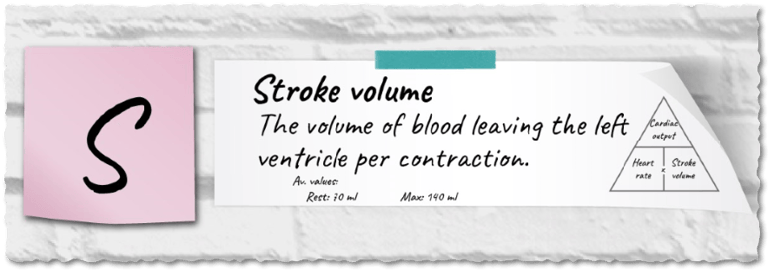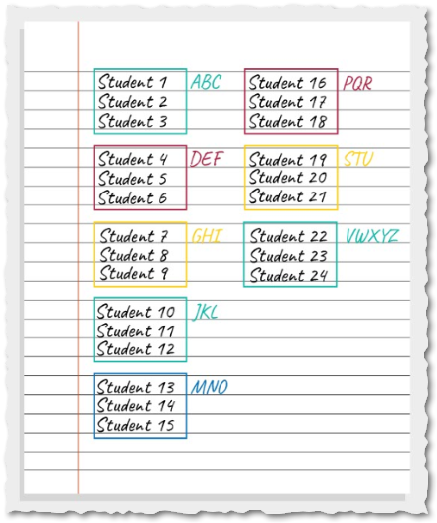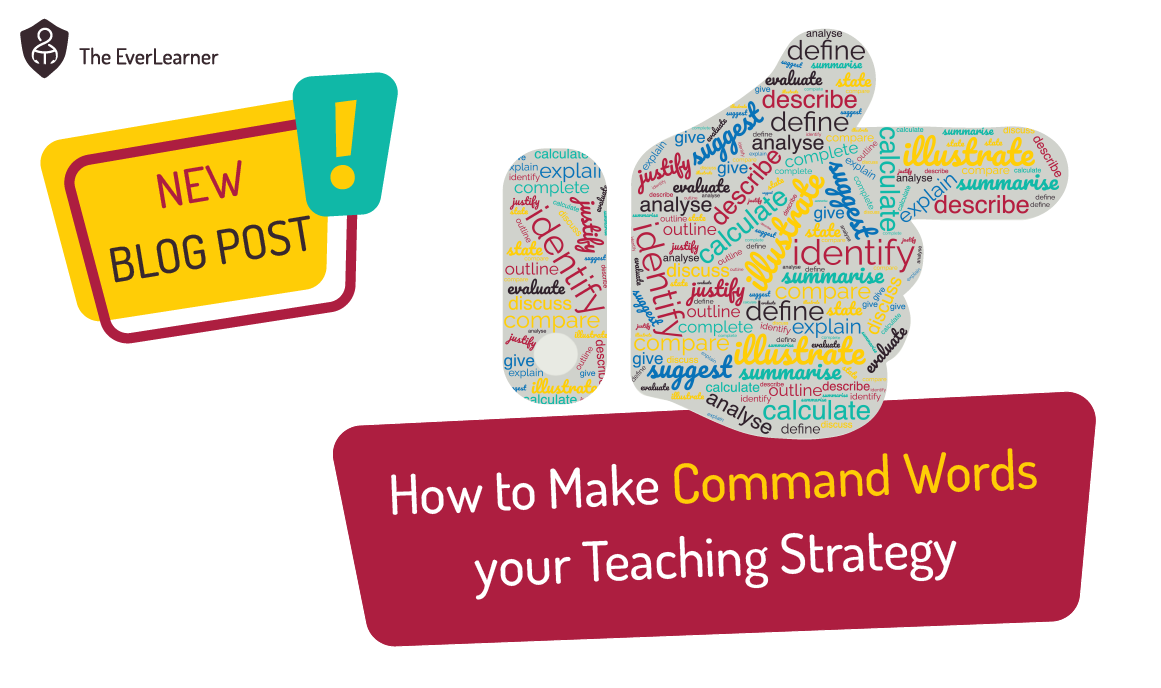My PE Classroom Part 1/10 - The Word Wall
In this week’s post, I’m going to begin writing about the first of 10 practical suggestions for PE classrooms up and down the country and beyond. These ideas are a series of suggestions and developments that I have personally used within my own classrooms for some years and that I believe in and advocate to others. The ideas are not particularly high brow but all of them improve the quality of learning if implemented well. I hope you enjoy them. 🙂
The Word Wall
I began working on this protocol in approximately 2010 and have been using it ever since. The Word Wall has four major advantages:
- It is entirely owned by the students.
- It emphasises individual accountability.
- It is very cheap/simple to implement.
- It renders qualifications into a key subject vocabulary.
So, what is it?
The Word Wall is an ongoing process where students are allocated a series of letters and, when they come across a key subject term beginning with their letter, are responsible for adding a definition (and, where relevant, drawing or application) to a Word Wall.
What resources are needed?
You will need:
- Coloured card cut into strips and stored in a tray. Each strip should be approximately 4cm tall and the width of an A4 piece of paper.
- Pens available in the same tray as the strips of card
- BluTack, sticky tape or pins to act as an adhesive
- A wall or display in your classroom which is covered in the letters of the alphabet in large font.

How does it work?
Look closely at your class register. If you have 24 students in your class, say, you should separate your group into eight groups of three students. How you make this separation is entirely up to you. You could form the groups based on your seating plan or simply make it random. It’s your call.
Each group of eight students would be given three letters. All students in each group are responsible for all three letters. For example, check the image below. (We have allocated five letters to the last group as there won't be many words starting with some of these letters.)

Once this has been done, it is the responsibility of the group to ensure that every key term beginning with one of their letters is processed and added to the Word Wall.
Here are the rules:
- A group is responsible for three letters.
- All group members are equally accountable for their three letters and a failure to add a term is the fault of all three members equally.
- Students do not need permission to stop what they are doing and collect a card and pen. This can be done at any time during a lesson, including teacher delivery time. You may choose that during summative assessments (only), the word wall is suspended.
- The collection of cards and processing of the definitions and applications must be done with minimal disruption to others.
- At a time of the teacher’s choosing, the Word Wall will be reviewed. Upon review, the teacher can award rewards for good work and forfeits for poor/missing work.
- Upon each review (typically at strategic points), all key terms are entered into a shared Google document. This forms a knowledge organiser/glossary of key subject language for reference.
- Depending on the scale of the available space, the wall can be cleared upon each review.
- The teacher can reallocate letters at any time.
Why is this effective?
Firstly, this task delegates responsibility to the group and away from the teacher. The work is entirely owned by the students and individuals or groups who are not contributing will be noticed by other group members.
Secondly, each individual task is very simple and quick. A key term and definition should take a student a minute or two to process and it can be done during a quiet task or when group work or collaboration is taking place. It can also be done when a teacher is presenting from the front assuming that the students are motivated to achieve the minimum disruption possible.
Thirdly, the process brings focus to key subject language and the accuracy by which students need to use terminology within answers.
Finally, you will notice that students begin to rely on the Word Wall when they are writing or working through things. If a student is completing a practice exam question, say, they are likely to look to the wall to ensure they are using a term correctly or in context. You may even find that you need to cover the wall when students are completing summative assessments because their confidence in the word wall is so high.
Thank you for reading to the end of the blog. I hope you have found that the word wall is a simple and applicable methodology for your classroom. For teachers without a designated classroom, you may want to consider exactly the same process but with a foldable or temporary display. You may also choose to move immediately to a collaborative, online record which does not rely on a physical space.
One word of warning: Some teachers will link the world wall methodology to that of knowledge organisers. I suppose this is, to some extent, true. However, I would like readers to recognise that the production of the word wall is entirely the responsibility of the students NOT the teacher and this makes it a very different experience to handing a knowledge organiser to a group.
%20Text%20(Violet).png)


